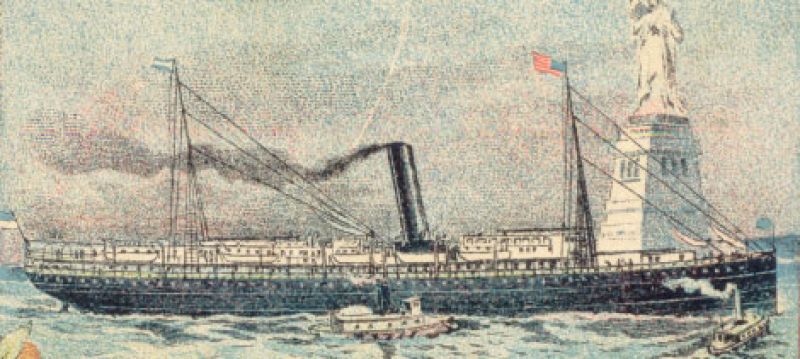
Charleston has always had her admirers. Even in the early 19th century, when travel was much more rigorous and certainly more dangerous, people still visited the Holy City simply for the opportunity to soak in its legendary beauty and refinement.
While always a destination of choice, the city rarely lured tourists en masse in those early days. But as trains and cars replaced horses and wagons and steamships replaced wooden sailing vessels, recreational travel became more popular and, naturally, so did Charleston.
This striking color postcard from Clyde Line Steamships shows the East Coast itinerary, including New York, Boston, and Providence, for December 1900. Passengers could embark at any of those locales and cruise south to Charleston in mechanized style. According to an 1872 map, the “accommodations” wharf for passenger ships such as this was at the intersection where Queen Street meets East Bay Street and Vendue Range.
It was not until after World War I, however, that the city’s leaders successfully capitalized on this increased tourism. In 1925, Mayor Stoney ushered in a series of improvements to boost Charleston’s appeal to travelers. To provide a great first impression, he ordered the Queen Street area around the arrival platform for Clyde Line Steamships paved and lit. Despite these efforts, the economy shifted again before World War II, when cruise ship traffic all but died out and commercial interests claimed the Cooper River wharf front.
In recent years, Charleston has once again become a cruise line staple. Thousands of travelers on their way to the Bahamas and Nassau, or even around the globe, have had a chance to stroll Holy City streets and visit area attractions while their ship was at dock, reviving Charleston’s reputation as a popular port of call.
—Mike Coker